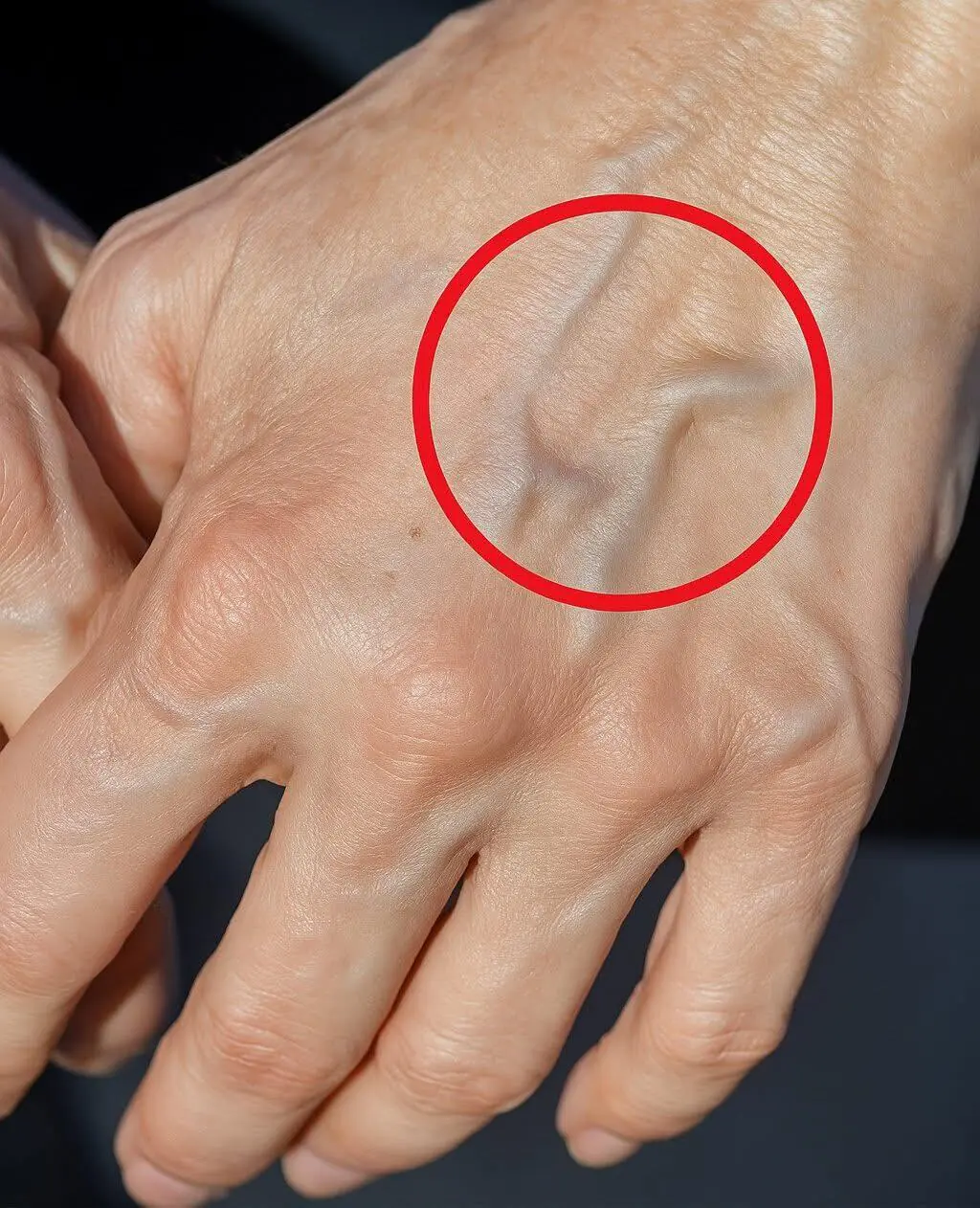
What happens if the gastric balloon bur.sts?
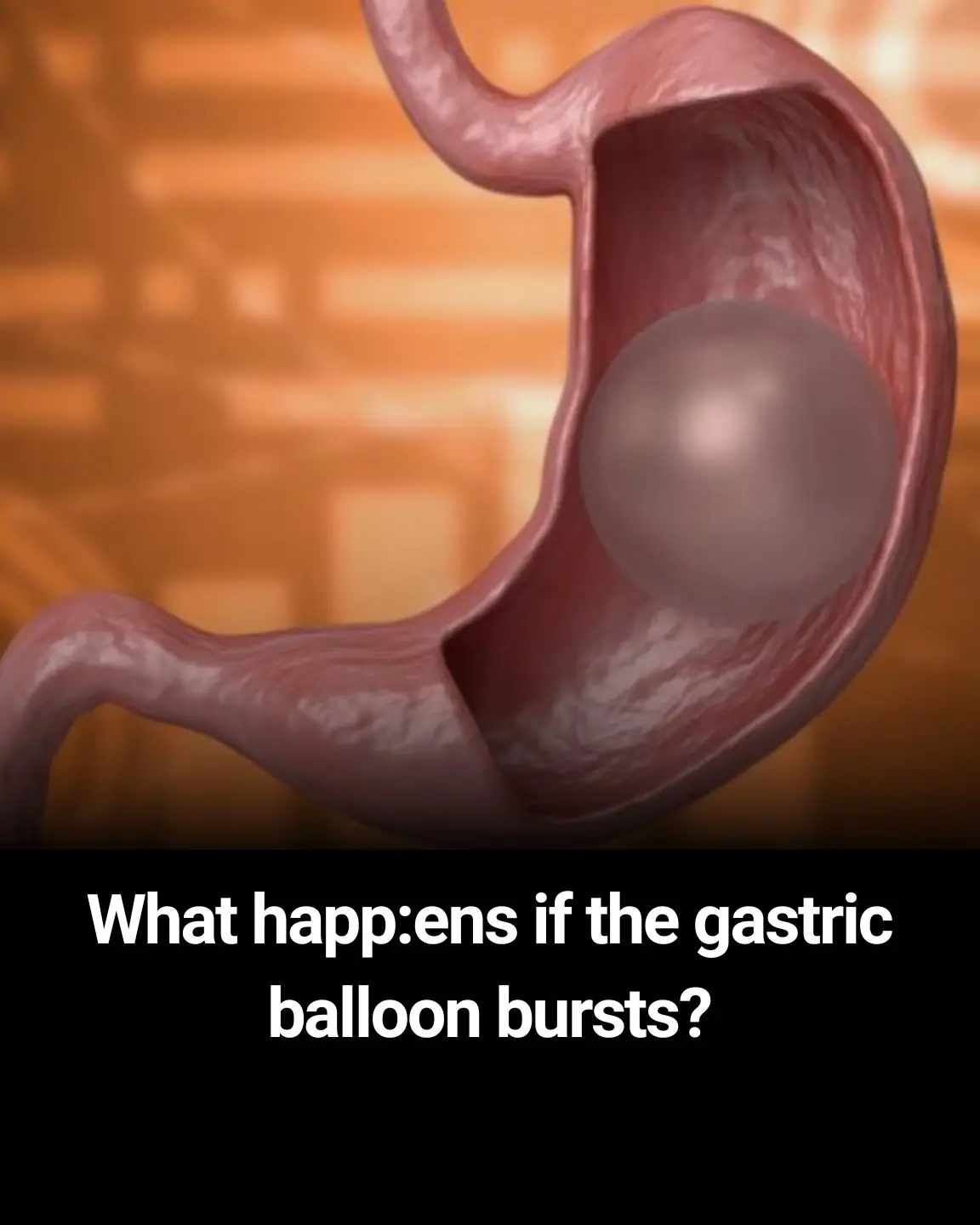
The gastric balloon is a non-surgical weight loss procedure that involves inserting a deflated balloon into the stomach through the mouth, where it is then inflated with saline solution. The balloon takes up space in the stomach, reducing the amount of food the person can consume, helping them feel fuller with smaller portions. It is often used for individuals with obesity or those looking for a jump-start in their weight loss journey.
While gastric balloons are generally considered safe when used under medical supervision, there are rare but serious risks involved, including the possibility of the balloon bursting. Understanding what happens if the gastric balloon bursts, the potential risks, and how to prevent complications can help individuals make informed decisions about their weight loss options.
What is a Gastric Balloon?
A gastric balloon is a medical device designed to help patients lose weight by taking up space in the stomach, which limits the amount of food that can be consumed. It is typically inserted through a minimally invasive procedure and inflated with saline or air once inside the stomach. The balloon is usually intended for short-term use, typically 6 months, before it is removed or deflated.
Gastric balloons are used in conjunction with dietary changes, exercise, and behavioral modifications to achieve weight loss. They are typically recommended for individuals who have not been successful with diet and exercise alone and who have a Body Mass Index (BMI) of 30 to 40.
What Happens if the Gastric Balloon Bursts?
Though rare, a gastric balloon can burst, typically as a result of damage to the balloon or the saline solution inside it. A burst balloon can cause serious complications and potentially severe health issues. Here’s what can happen if a gastric balloon bursts:
1. Acute Abdominal Pain and Discomfort
One of the most immediate and noticeable symptoms of a burst gastric balloon is severe abdominal pain. When the balloon ruptures, the saline solution inside leaks into the stomach, which may cause inflammation and irritation. This can lead to:
-
Sharp or cramp-like pain in the stomach or abdomen
-
Bloating or distention of the stomach, making it feel full and uncomfortable
-
Nausea and vomiting as the body reacts to the sudden change in the stomach’s contents
The discomfort can vary in severity, but if the pain is intense or persistent, immediate medical attention is required.
2. Risk of Gastric Perforation
If the gastric balloon bursts, there’s a risk of the balloon material causing a gastric perforation (a tear in the stomach lining). This is a serious and potentially life-threatening condition that requires urgent medical intervention. A perforation can cause:
-
Severe abdominal pain
-
Peritonitis (infection of the abdominal cavity)
-
Fever and chills
-
Signs of shock, such as a rapid heartbeat, low blood pressure, or difficulty breathing
Gastric perforation is a medical emergency and requires immediate hospitalization, surgery, and treatment to prevent further complications.
3. Migration of Balloon Parts
In some cases, if the balloon bursts, the deflated pieces or the residual material could migrate to other parts of the digestive system. This migration can cause further complications, such as:
-
Blockages in the intestines, which may require surgical intervention
-
Further pain or discomfort due to obstruction
-
Vomiting and inability to pass stool due to intestinal blockage
Any signs of gastrointestinal obstruction must be addressed immediately to avoid more severe complications.
4. Vomiting and Risk of Aspiration
If the gastric balloon bursts, some of the contents may leak into the stomach and cause a feeling of nausea and vomiting. If vomiting is severe, it could pose a risk of aspiration - when food or fluid is inhaled into the lungs instead of being expelled from the body. Aspiration can lead to:
-
Aspiration pneumonia, which is an infection in the lungs caused by inhaling food particles, saliva, or gastric contents
-
Difficulty breathing or shortness of breath
Aspiration is a serious complication that requires medical attention to prevent respiratory problems.
5. Infection Risk
After the balloon bursts, there’s a potential for infection, especially if the balloon has ruptured for a while without being detected. The saline or air inside the balloon may cause irritation and create a breeding ground for bacteria, leading to infections like:
-
Peritonitis (infection of the abdominal lining)
-
Gastritis (inflammation of the stomach lining)
Symptoms of infection include fever, chills, redness, warmth around the abdomen, and worsening abdominal pain. Treatment may involve antibiotics and sometimes surgical intervention to clear the infection.
What Should You Do if You Suspect Your Gastric Balloon Has Burst?
If you experience any of the symptoms mentioned above after gastric balloon placement, it's crucial to seek medical attention immediately. Here are the steps you should take if you suspect the balloon has burst:
1. Contact your healthcare provider: If you experience severe pain, nausea, vomiting, or other serious symptoms, contact your doctor or go to the emergency room.
2. Undergo diagnostic testing: Your doctor may perform imaging tests such as an X-ray or CT scan to confirm whether the balloon has burst and to check for any damage to the stomach or intestines.
3. Immediate treatment: If the balloon has burst, your doctor may need to remove the balloon, treat any damage caused to your stomach, and provide any necessary surgeries or interventions.
Prevention and Alternatives
To minimize the risk of complications such as a burst gastric balloon, it's essential to follow all instructions provided by your healthcare provider. This includes:
-
Regular check-ups: Attend scheduled follow-up visits to monitor the condition of the balloon and ensure it's functioning correctly.
-
Avoiding certain foods: Some foods may be too abrasive or difficult to digest and could damage the balloon.
-
Getting immediate medical care if symptoms develop: Any unusual discomfort or pain should be addressed immediately to prevent further damage.
For those who are concerned about the risks of a gastric balloon, there are alternative weight loss treatments available, such as diet changes, exercise plans, or even bariatric surgery, depending on individual circumstances.
Conclusion
While gastric balloons are generally safe, they carry some risks, including the possibility of bursting. If the balloon does rupture, it can lead to severe complications, including abdominal pain, gastric perforation, infections, and migration of the balloon material. Recognizing the symptoms and seeking prompt medical attention is crucial for preventing further damage. Always consult with your healthcare provider to ensure you're making the best choice for your weight loss journey and health.
News in the same category

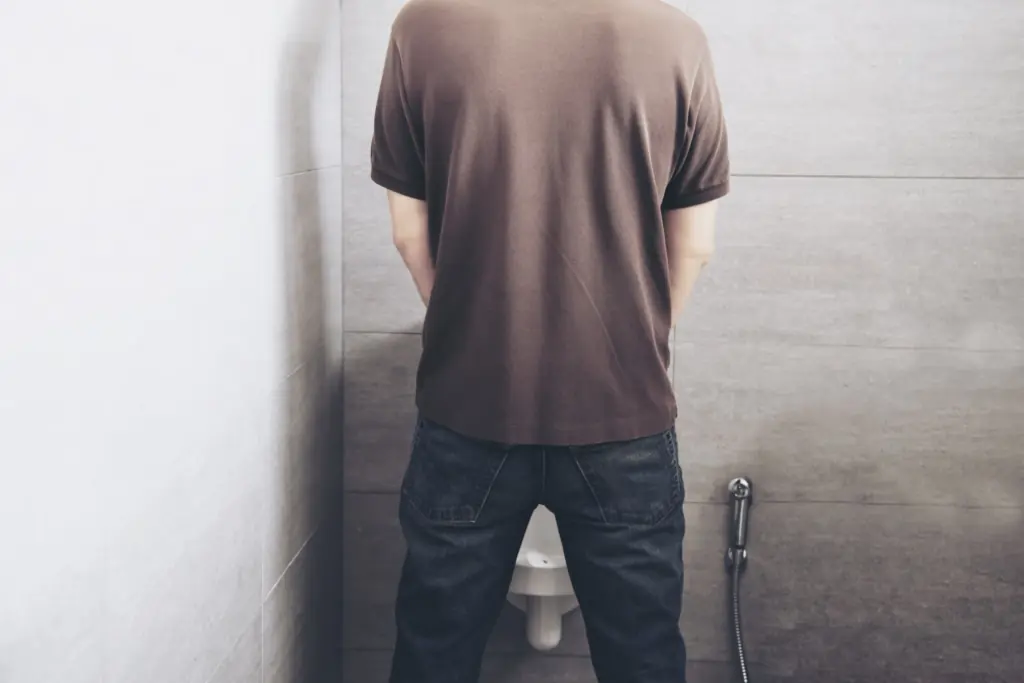
All The Things You Need to Know About Nighttime Urination And When To Start Worrying
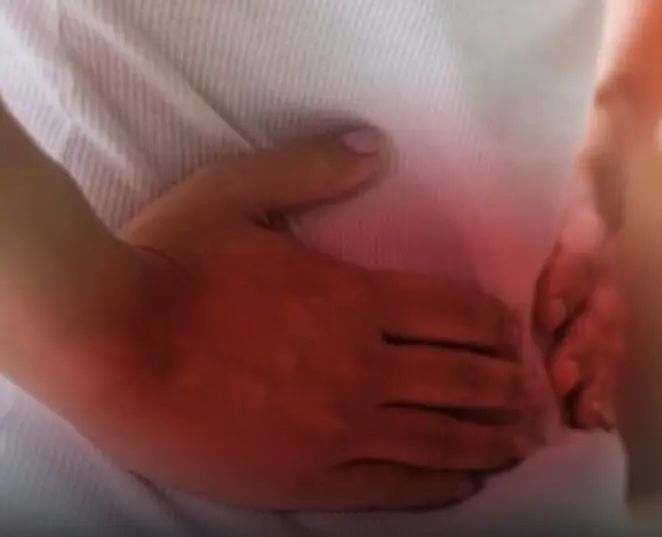
Umbilical Hernia: Causes, Symptoms and Treatment
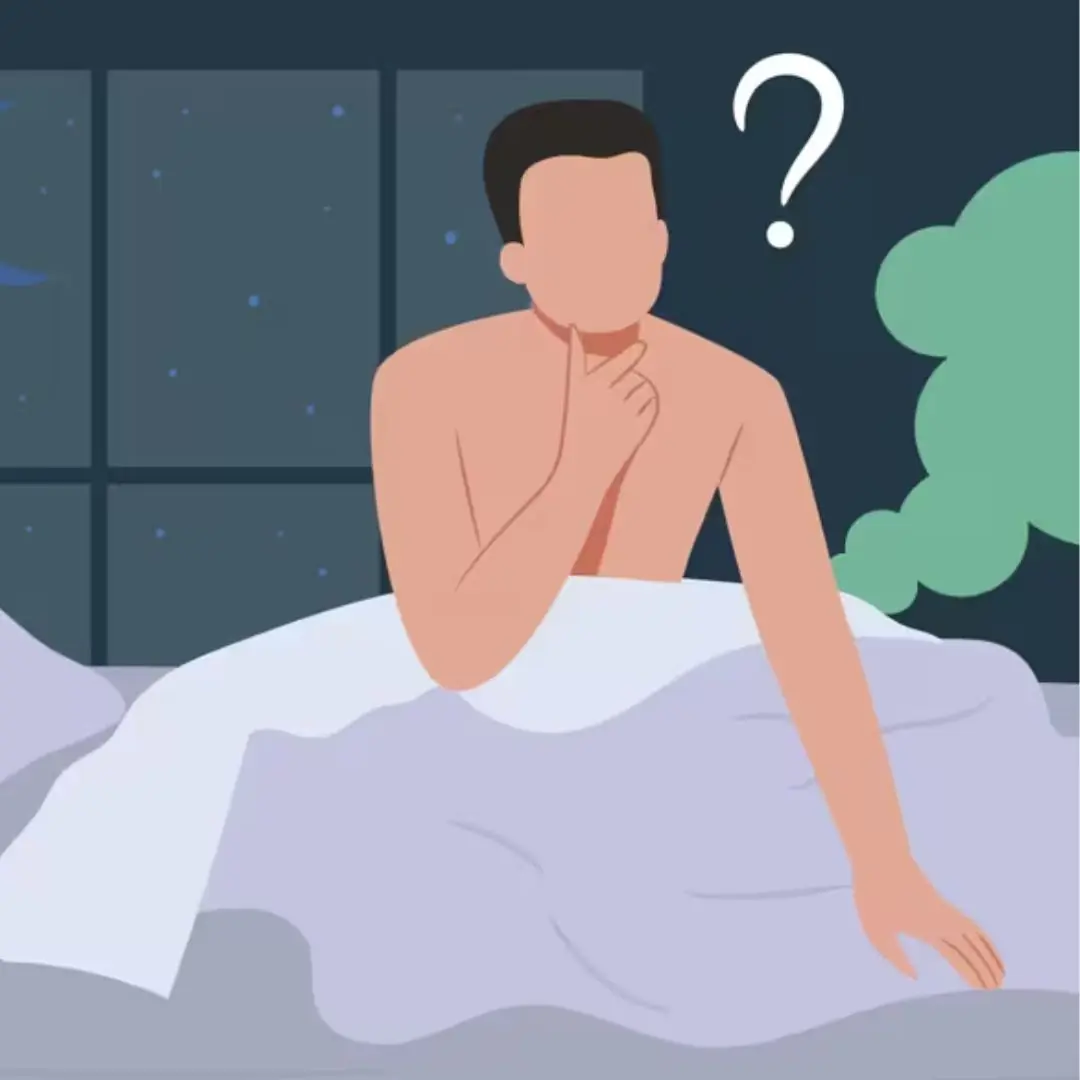
Gassier at Night? Here’s Why (and What To Do About It)
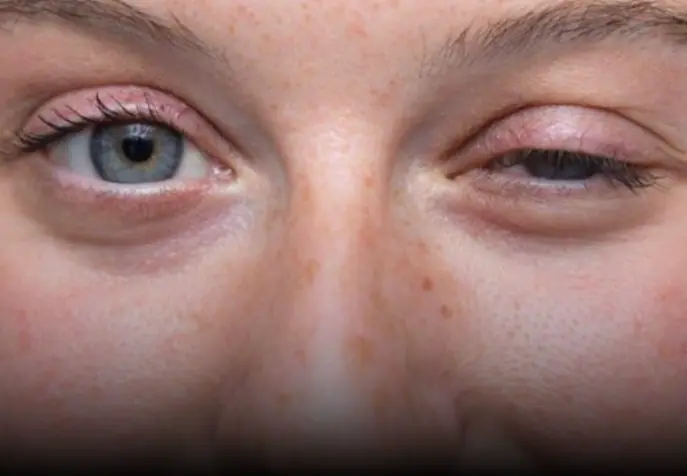
What is myasthenia gravis and what are its symptoms?
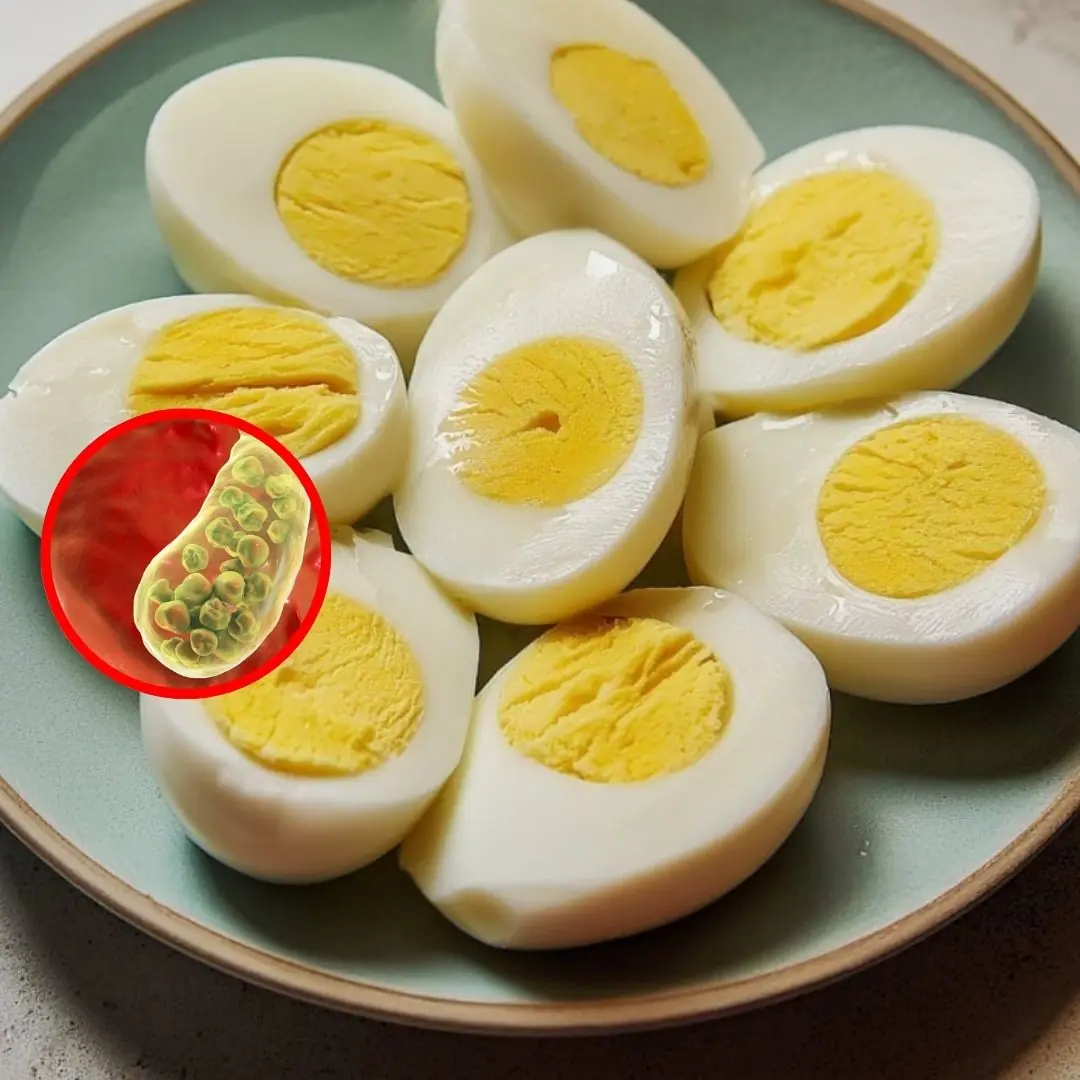
Eating chicken eggs is harmful to these 5 groups of people

WARNING: These 3 signs on the shoulder are signs of malig:nant tum:ors, even can:cer, do not ignore them
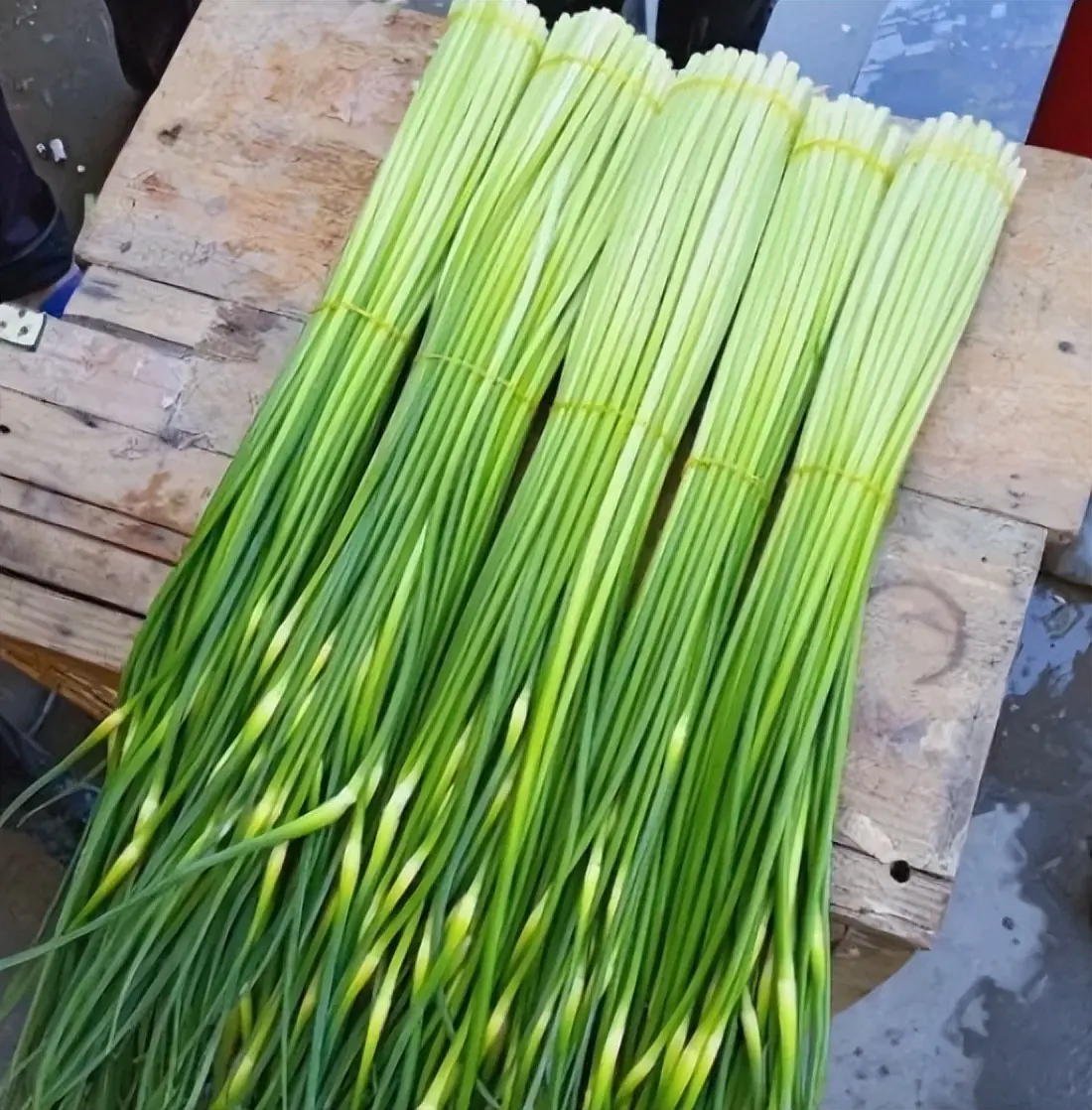
4 Vegetables Easily “Treated” with Chemicals
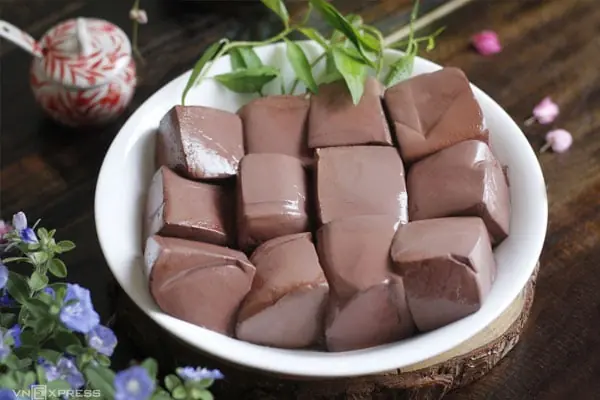
The Part of the Pig Often Dismissed as “Dirty” and Thrown Away: Turns Out It’s a “Miracle Food” with 10 Times More Iron Than Meat
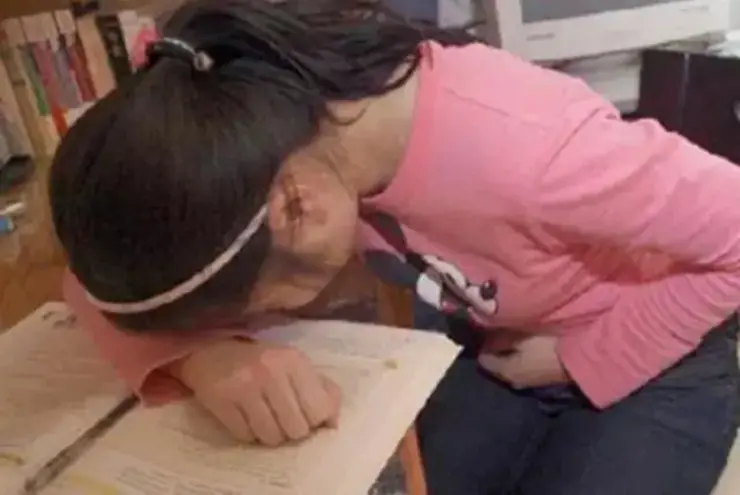
An 8-Year-Old Girl Complained of “Sto.mach Pain” Every Friday Afternoon

Eating Eggs Can Be Harmful for These 5 Groups of People: Better Stay Away!
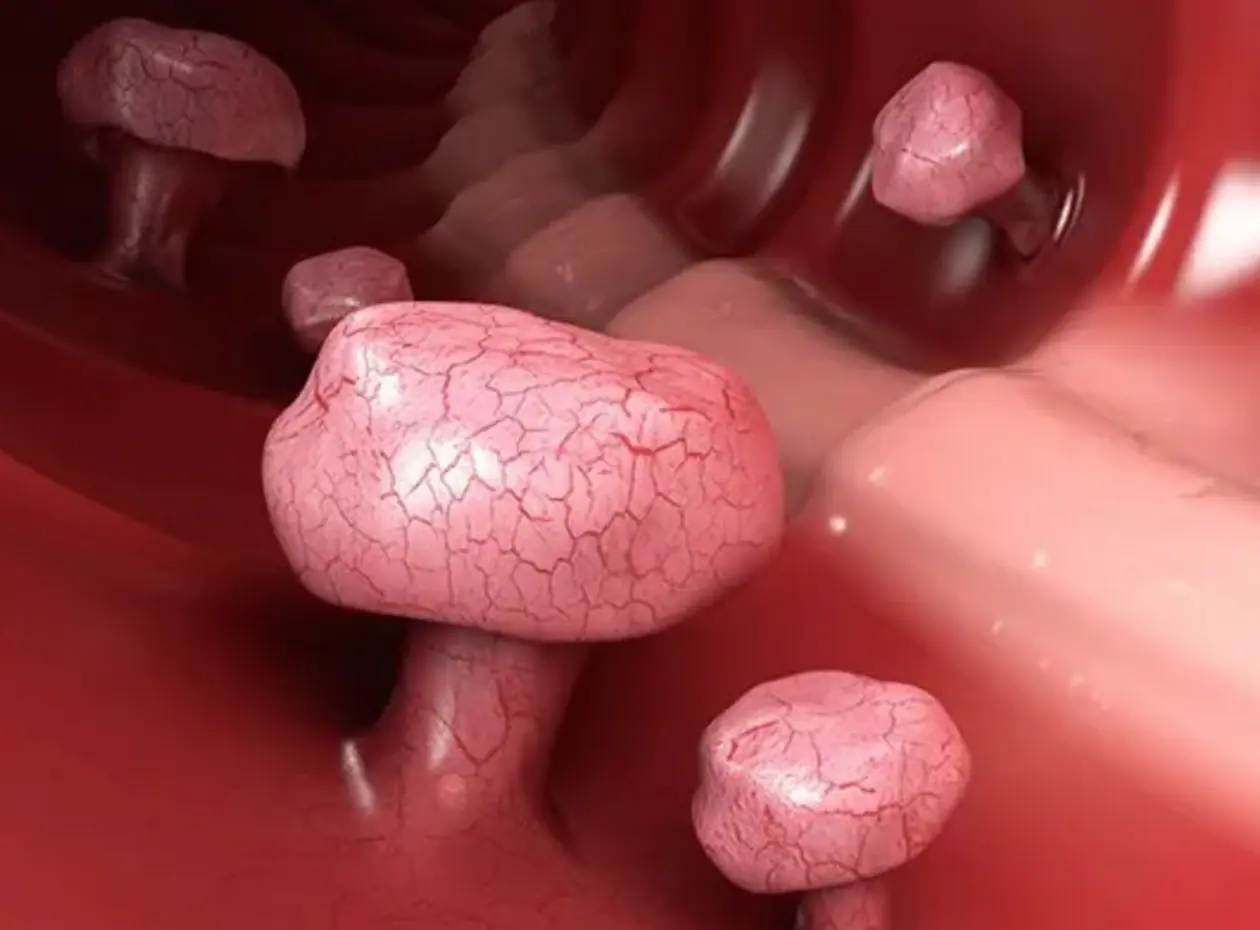
Early detection colon polyps: The key to effective can.cer prevention

Think it’s harmless? The risks of wearing bras to sleep might surprise you
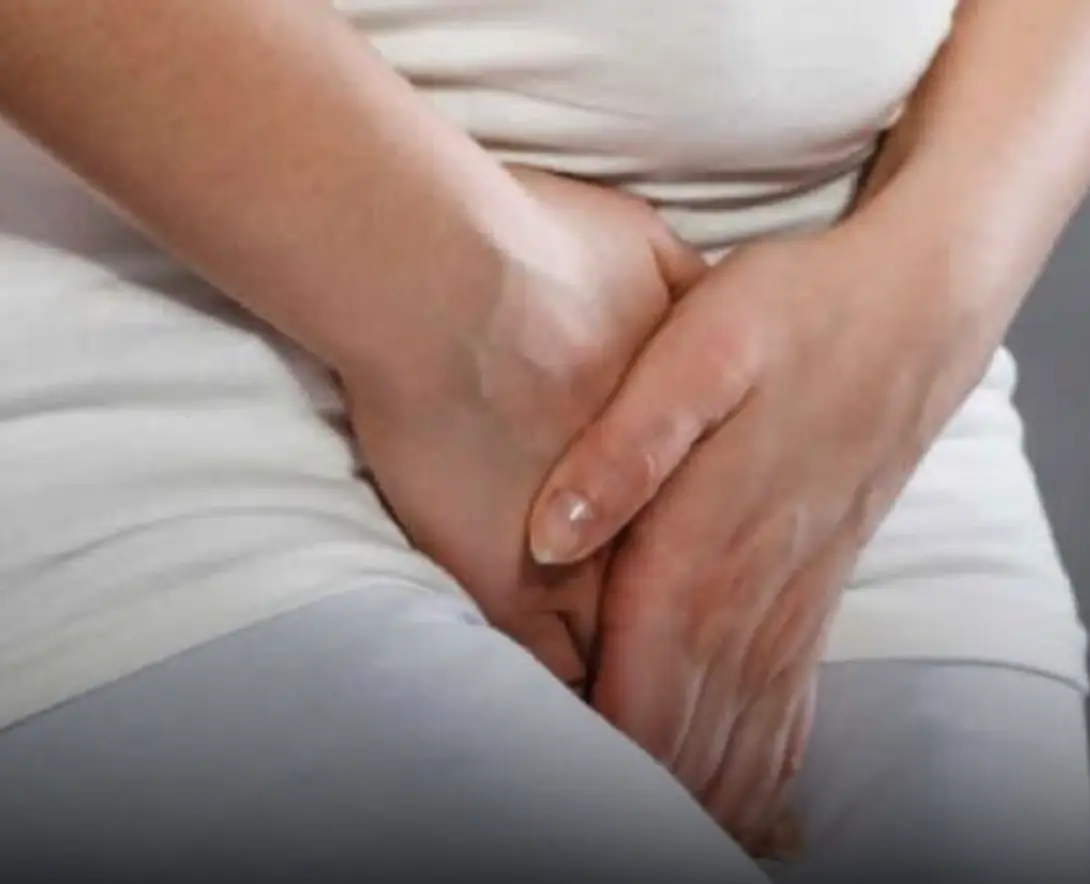
What dise:ase is gr.oin pa.in a symptom of?
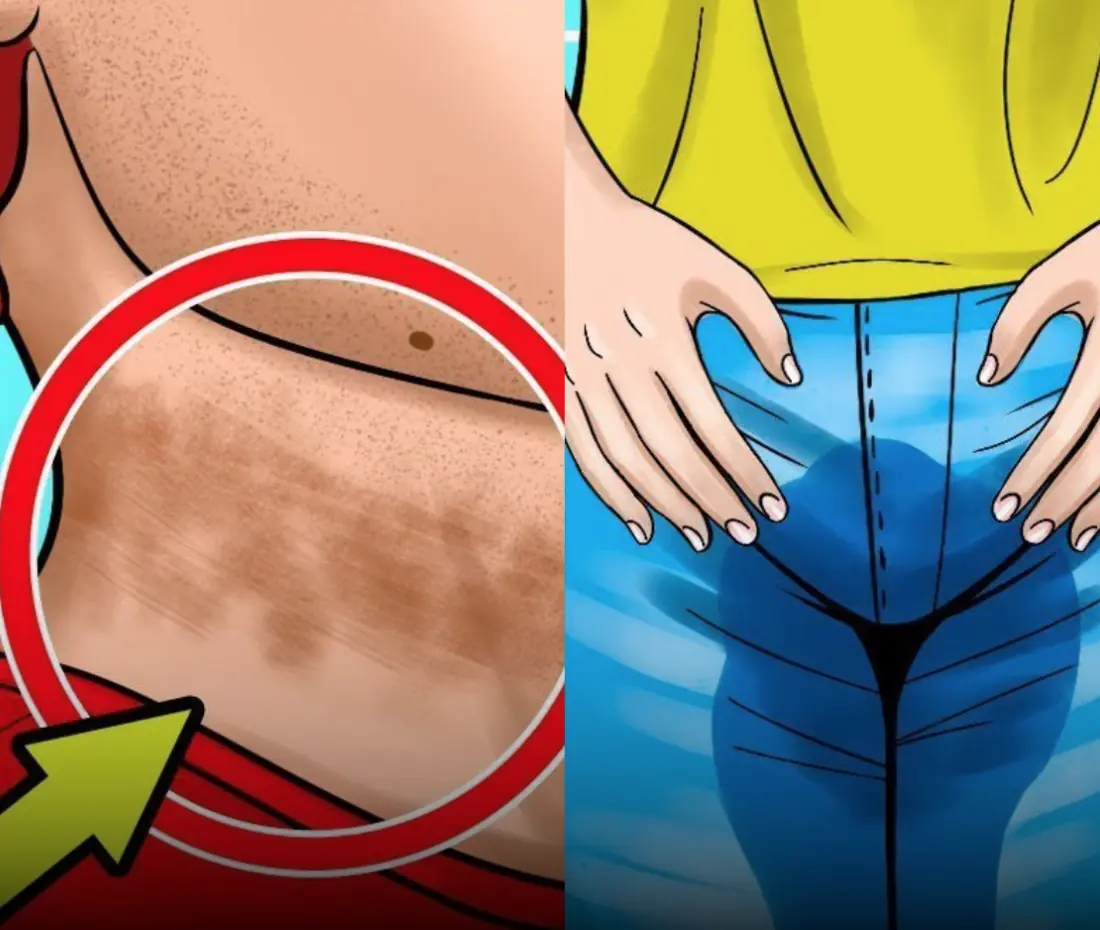
These 10 symptoms indicate latent diabetes

What sleeping on the left side does for our brain, stomach and lymphatic health
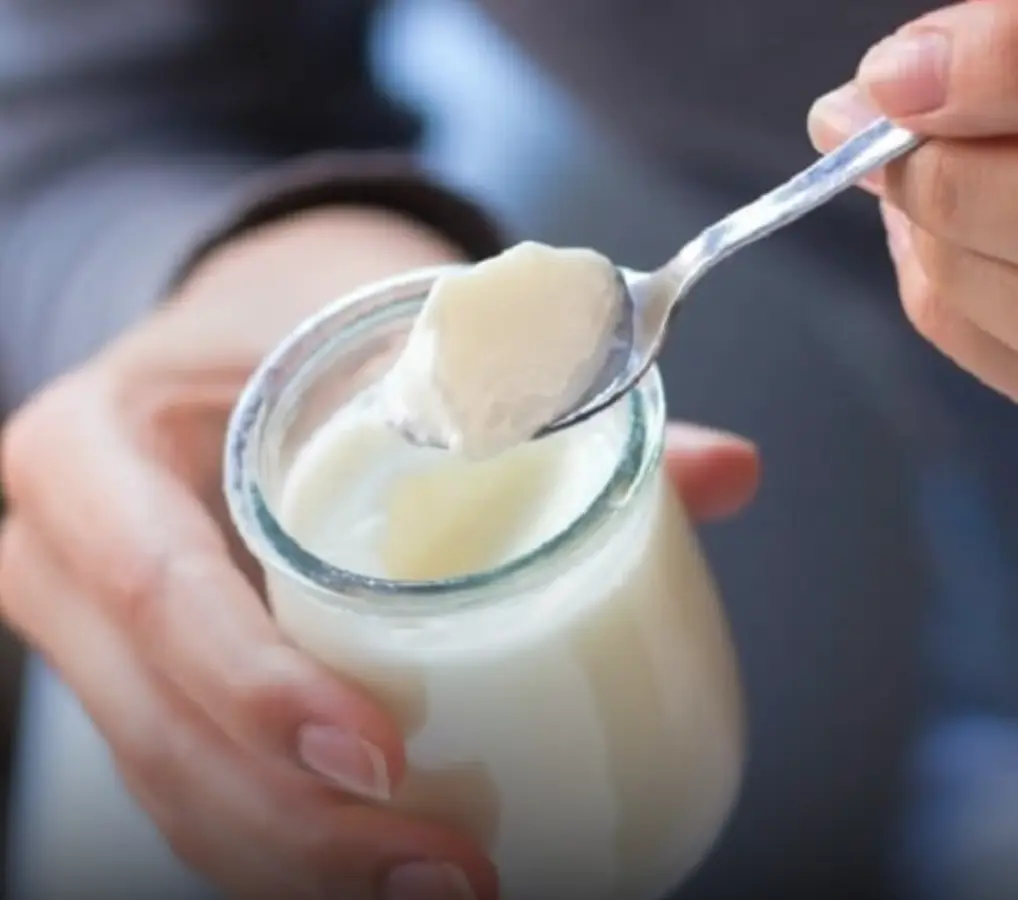
Eating yogurt with these 5 mistakes can bring more dis.eases into your body
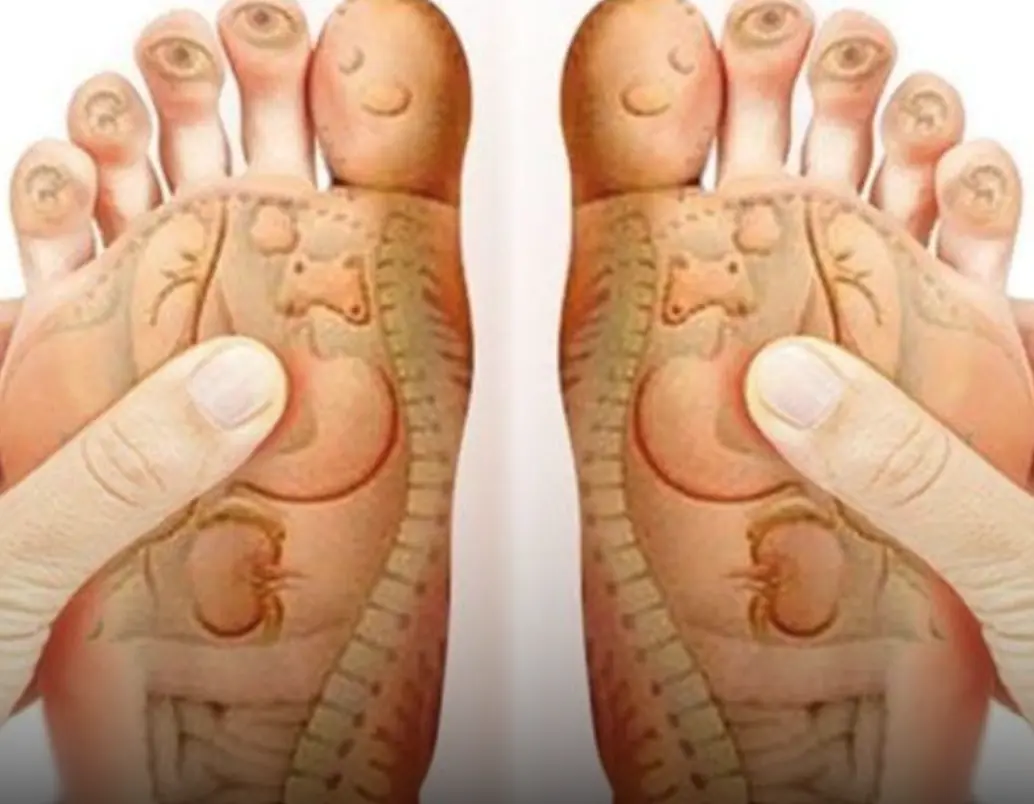
8 foot massage points that help relieve issues
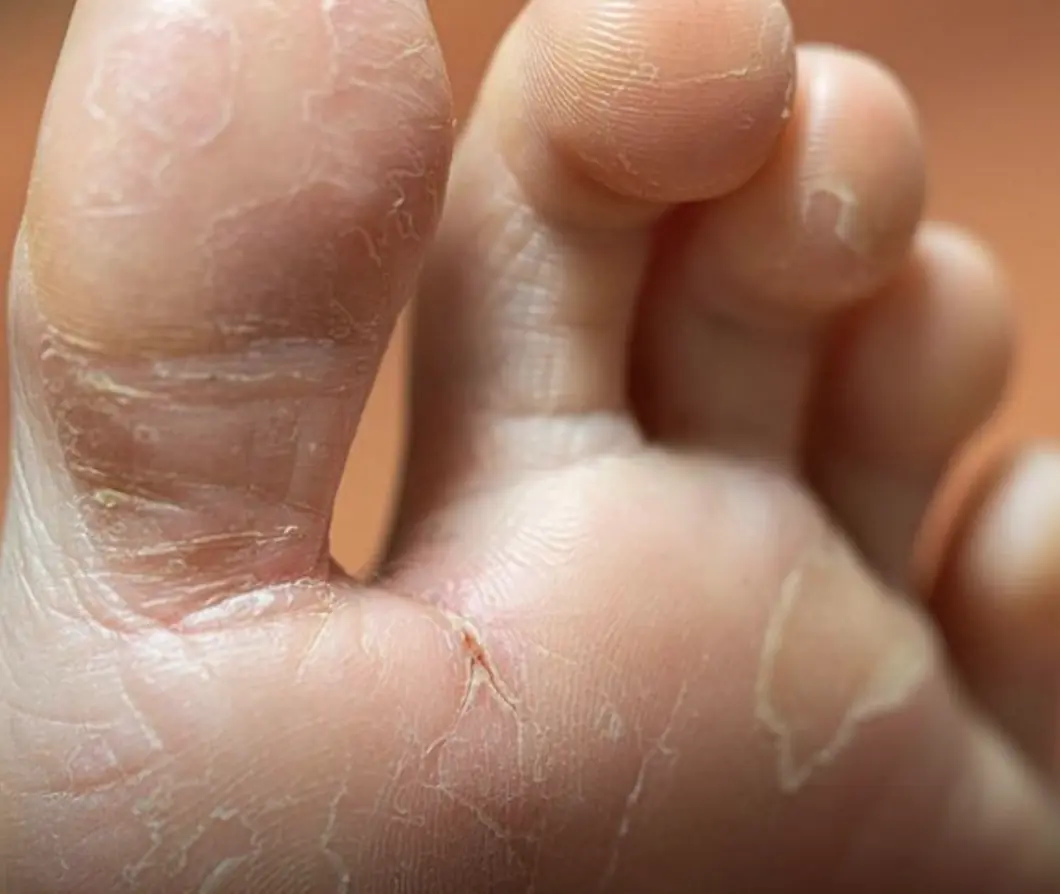
7 subtle symptoms that could signal serious health problems
News Post

If Veins Suddenly Pop Out on Your Hands

All The Things You Need to Know About Nighttime Urination And When To Start Worrying
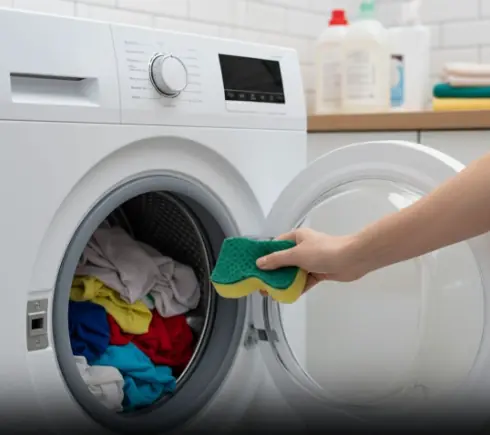
Don’t Throw Out Old Dish Sponges
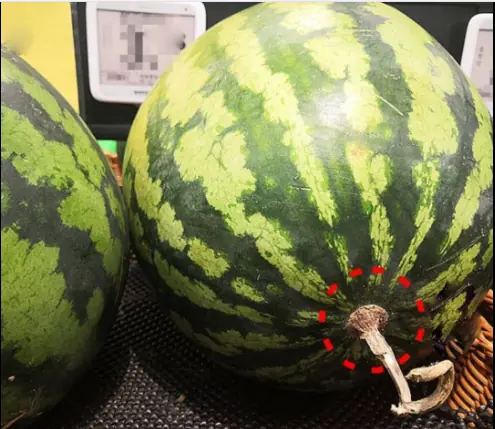
When buying watermelon, don't choose a big one.
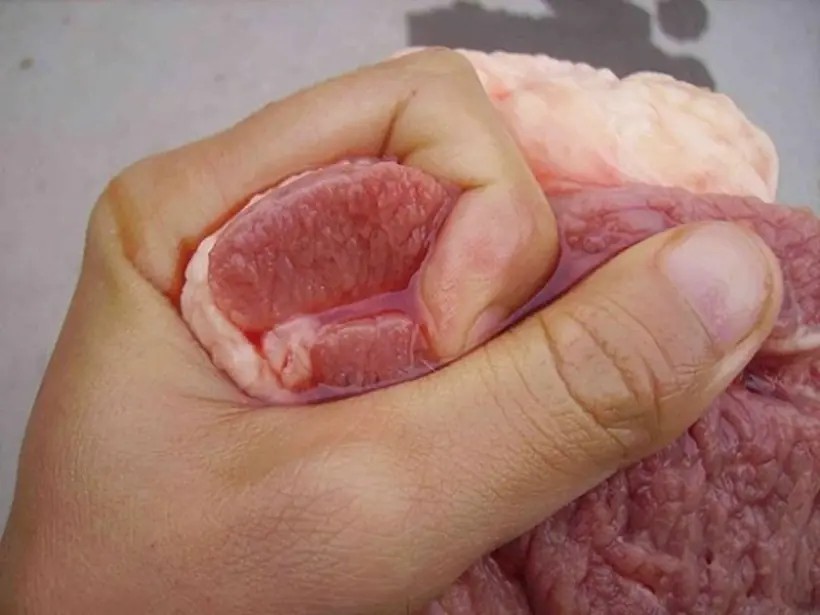
If You See Pork with These 4 Signs at the Market, Don’t Buy It No Matter How Cheap
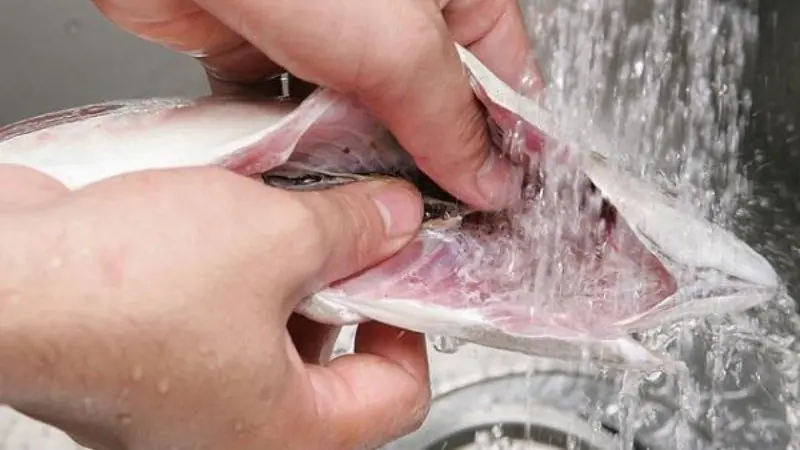
Why Does Fish Often Smell Fishy? The Real Reason Many People Don’t Know
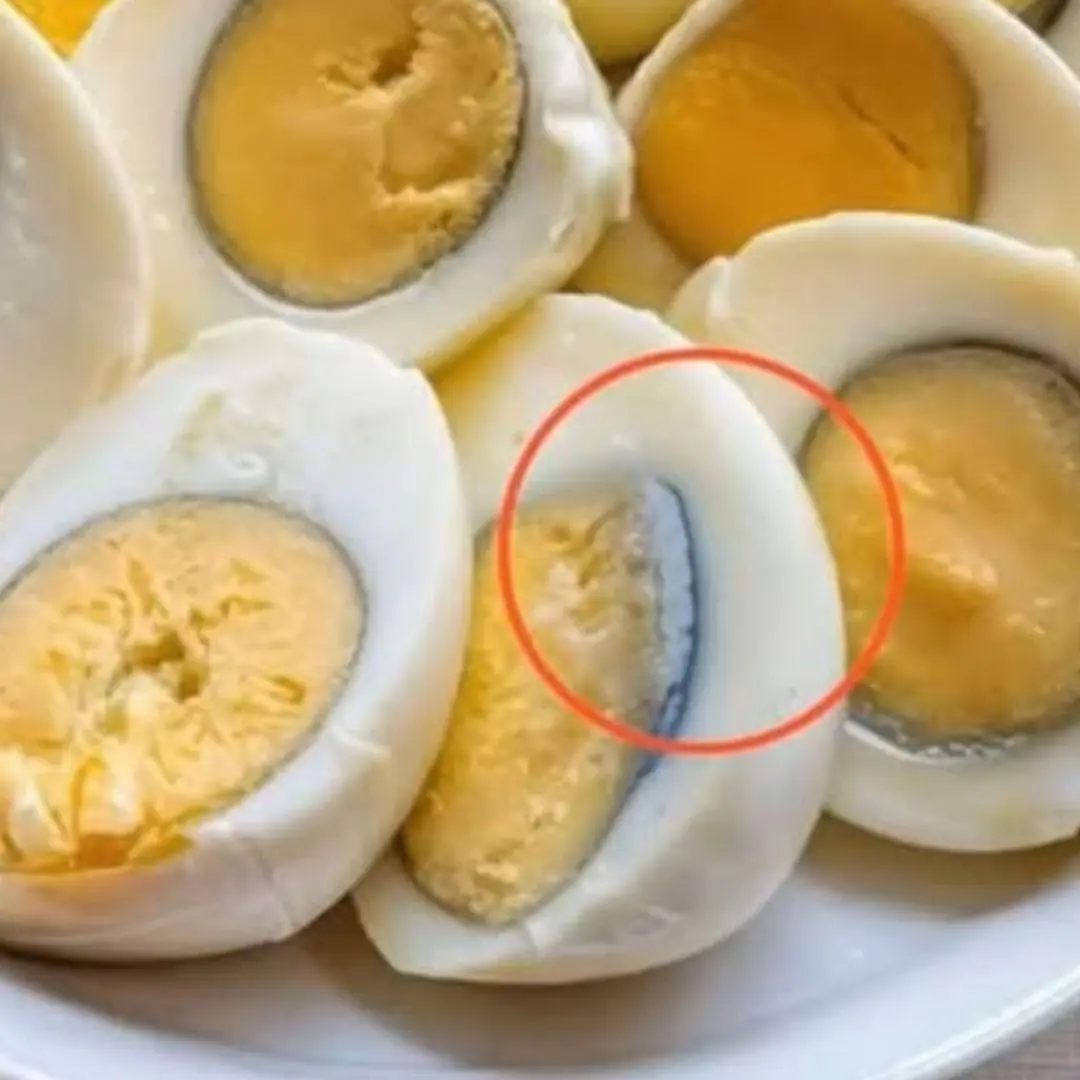
Ever noticed a greenish ring around an egg yolk? The explanation might surprise you...

Umbilical Hernia: Causes, Symptoms and Treatment

99% of people will throw away these 6 fruit peels when eating, but will regret it when they know their benefits
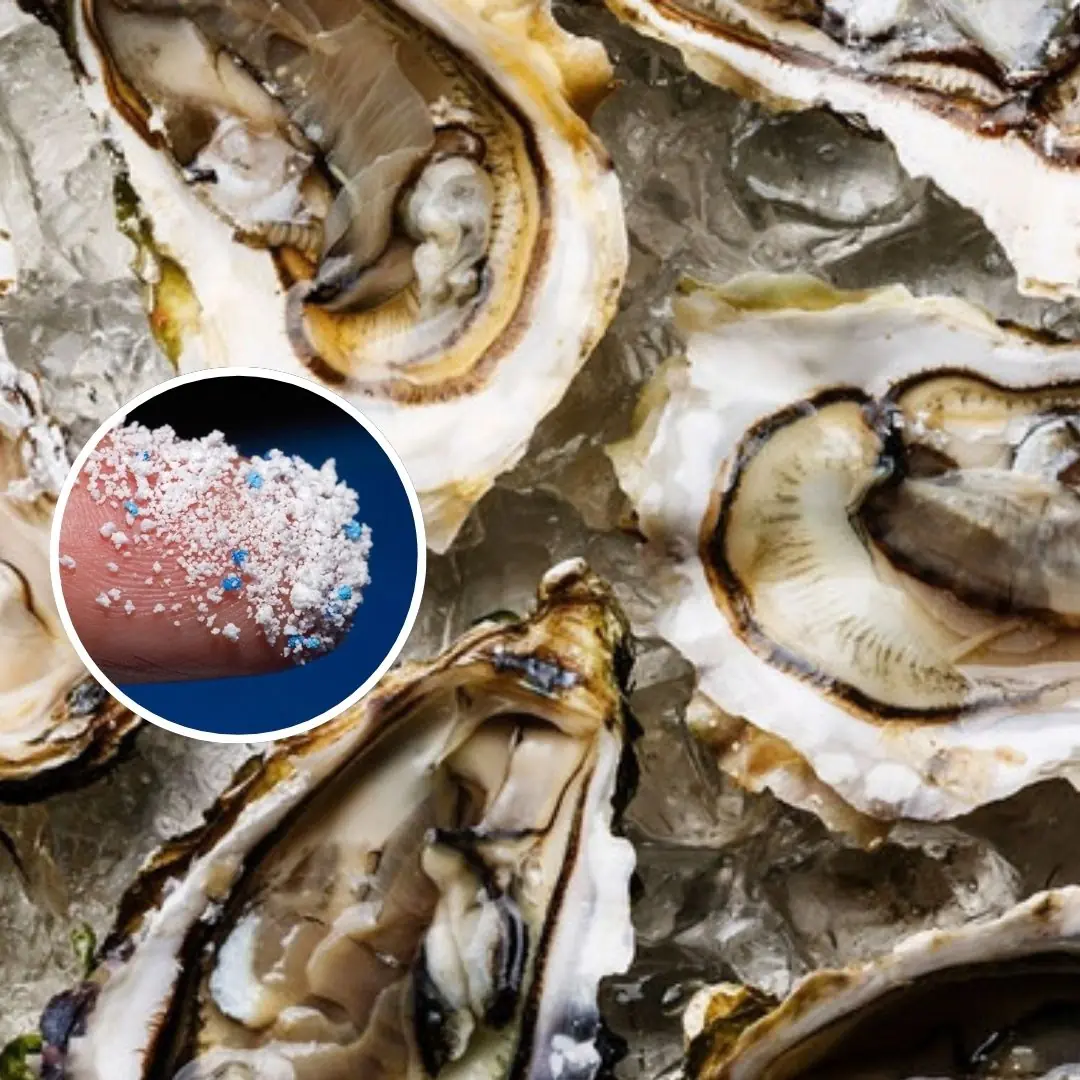
Top 2 types of seafood at the top of the list of microplastic contamination, but people still eat them every day

Gassier at Night? Here’s Why (and What To Do About It)

What is myasthenia gravis and what are its symptoms?

Eating chicken eggs is harmful to these 5 groups of people

WARNING: These 3 signs on the shoulder are signs of malig:nant tum:ors, even can:cer, do not ignore them

4 Vegetables Easily “Treated” with Chemicals

The Part of the Pig Often Dismissed as “Dirty” and Thrown Away: Turns Out It’s a “Miracle Food” with 10 Times More Iron Than Meat

An 8-Year-Old Girl Complained of “Sto.mach Pain” Every Friday Afternoon

Eating Eggs Can Be Harmful for These 5 Groups of People: Better Stay Away!
